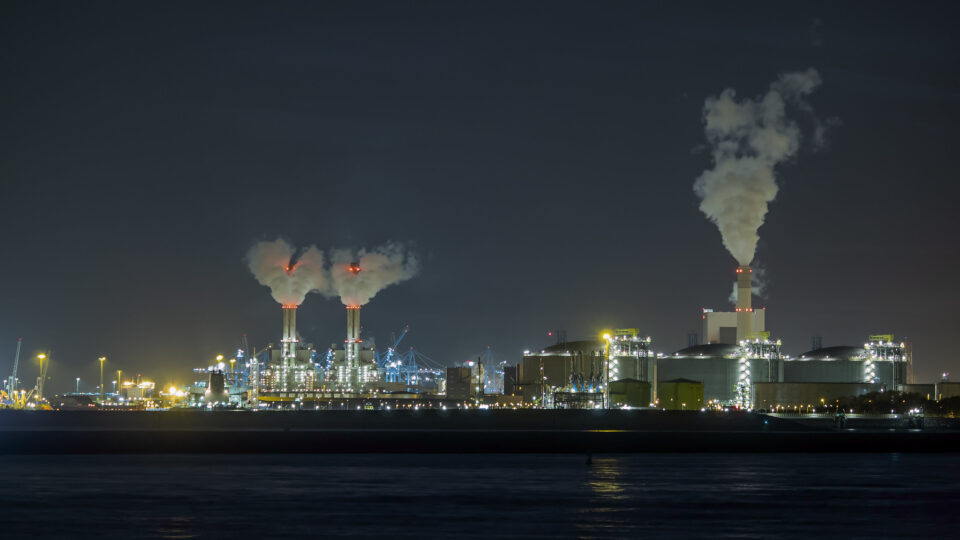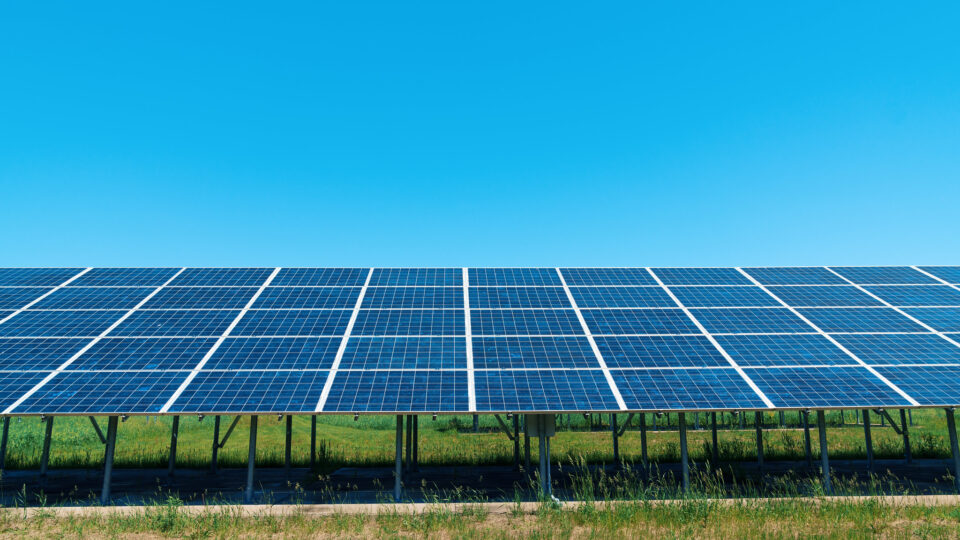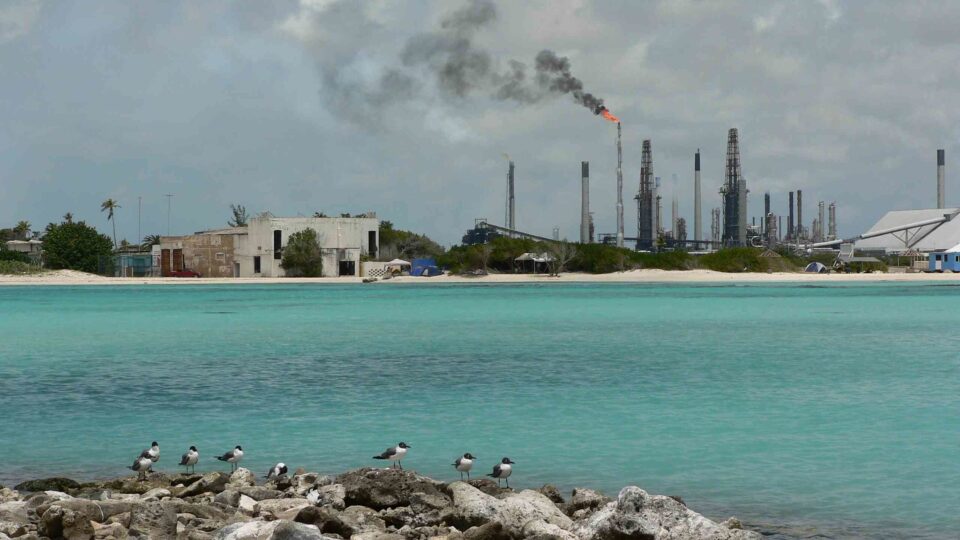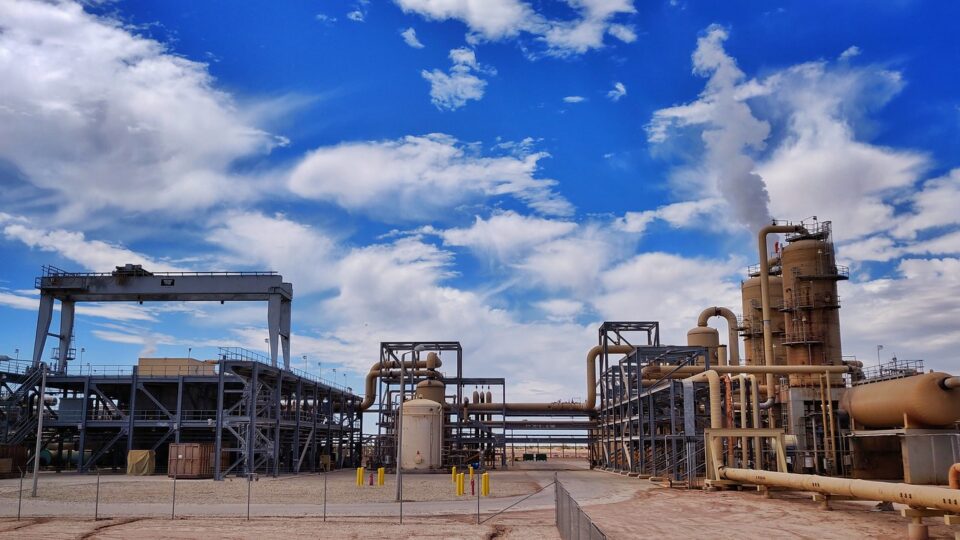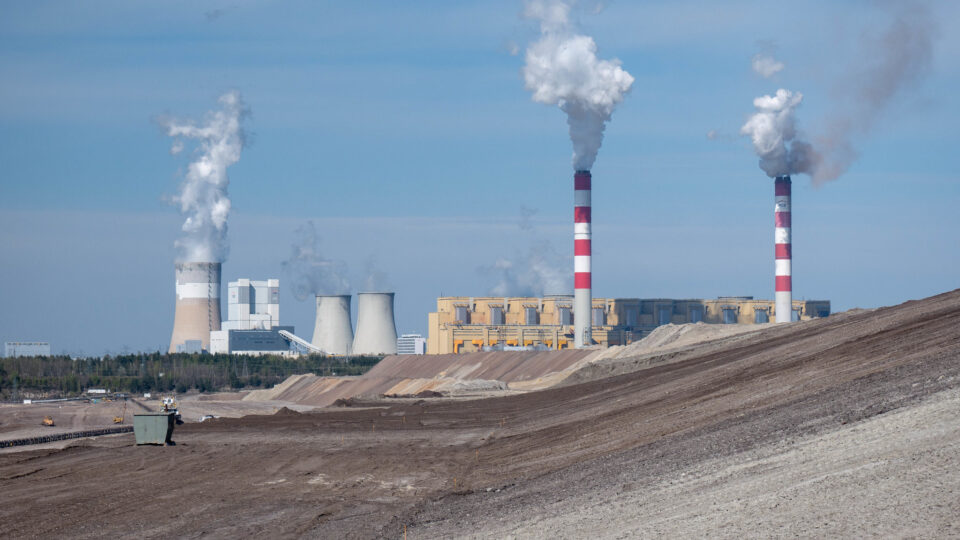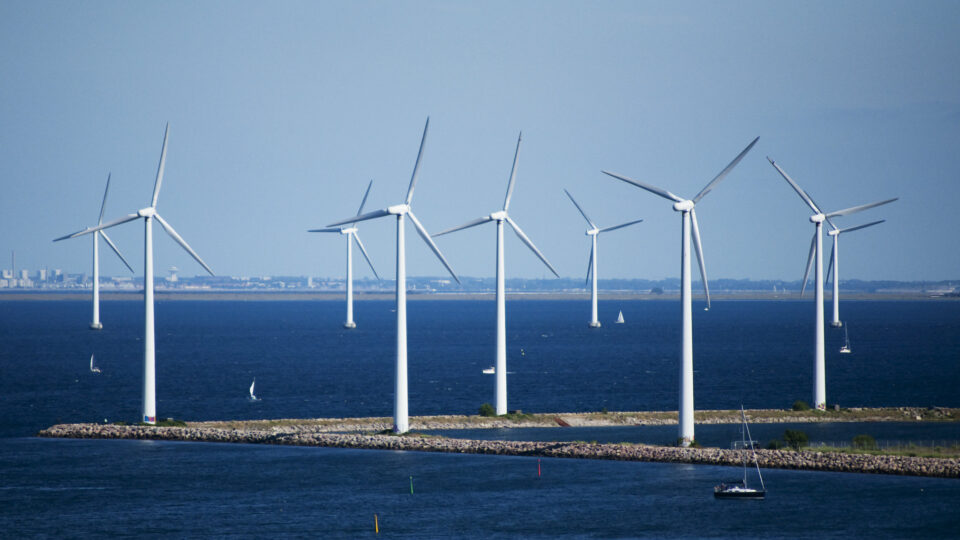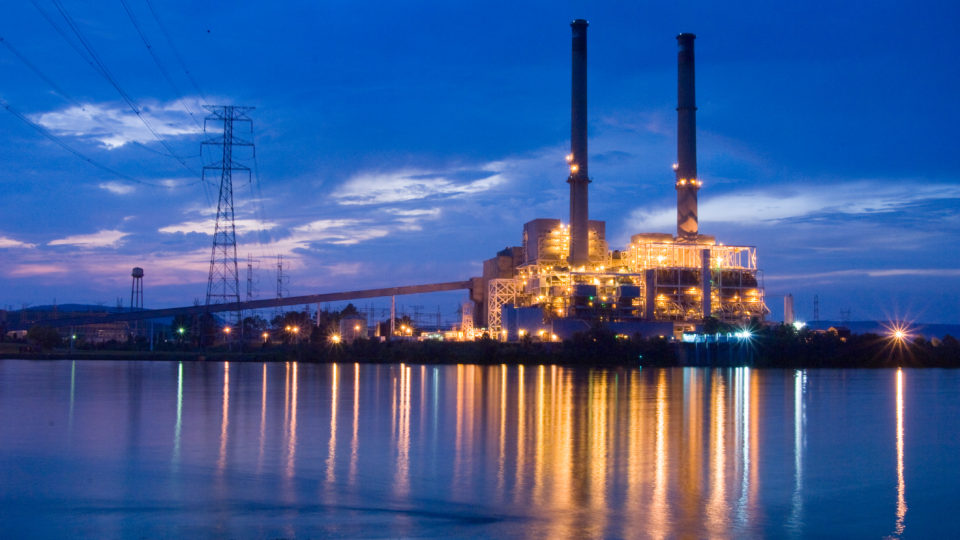Three major offshore wind projects in New York have been cancelled because of the unavailability of technology critical to the projects. The projects were part of NYSERDA‘s third offshore wind solicitation and were provisionally awarded last October. The projects, which totaled more than 4 GW of clean energy, were supposed to begin commercial operation in 2030.
The projects were Attentive Energy One, intended to benefit historically marginalized communities in New York City; Community Offshore Wind, a farm located 64 miles offshore that would power 500,000 homes; and Excelsior Wind, which would have powered 700,000 homes.
What happened is GE Vernova – a GE spinoff energy equipment company – decided to no longer develop its new 18 MW Haliade-X wind turbines and instead concentrate on its lower-powered models which already have ample demand. The material changes to the three projects using the turbines made them no longer viable and the developers and their partners could no longer come to terms. As a result, NYSERDA decided to not go forward with the awards.
While this represents a significant blow to the offshore wind industry and to New York’s renewable energy goals, NYSERDA said that it remains committed to advancing New York’s offshore wind industry and expects to announce new plans and additional projects in the near future.
In the bigger picture, 2023 was a record year for wind power; the world installed 117 gigawatts of new wind capacity. This year has seen the first major offshore wind farms come online in the US.
**********
Web Links
Massive New York projects nixed as NYSERDA concludes third offshore wind solicitation
Photo, posted August 7, 2013, courtesy of Department of Energy and Climate Change via Flickr.
Earth Wise is a production of WAMC Northeast Public Radio



